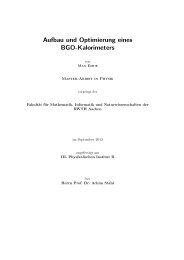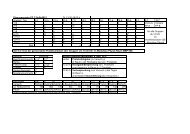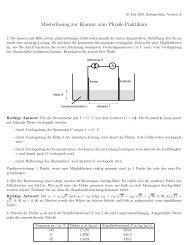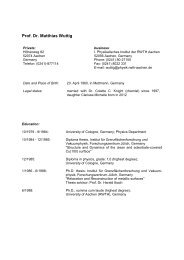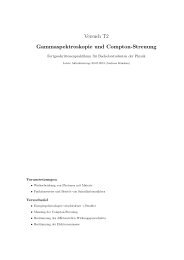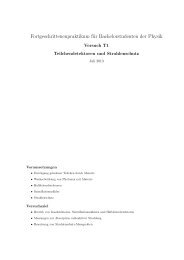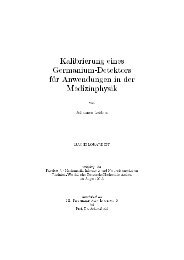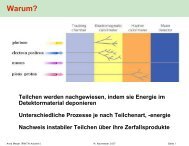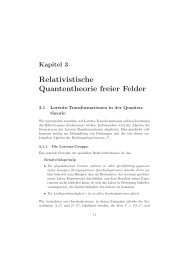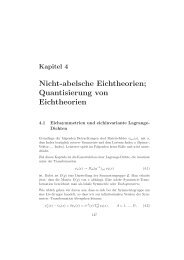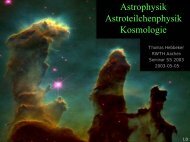Workshop book - Physikzentrum der RWTH Aachen - RWTH Aachen ...
Workshop book - Physikzentrum der RWTH Aachen - RWTH Aachen ...
Workshop book - Physikzentrum der RWTH Aachen - RWTH Aachen ...
You also want an ePaper? Increase the reach of your titles
YUMPU automatically turns print PDFs into web optimized ePapers that Google loves.
Talks Monday February 4<br />
The master equation for nanoscopic transport: Spectral analysis, perturbation<br />
theory, and applications to molecular devices<br />
Carsten Timm, Technische Universität Dresden, Germany<br />
The master equation is a powerful method for the description of nanostructures<br />
with strong interactions far from equilibrium. Using a master equation<br />
for a molecular device coupled to a vibrational mode as an example, I will<br />
analyze what information can be gained from the spectrum of eigenvalues<br />
of the transition-rate matrix. So far, research has mostly focused on the<br />
stationary state, which is the eigenstate to the (usually unique) vanishing<br />
eigenvalue of this matrix. I will show that its full spectrum and its slowly<br />
decaying eigenstates give useful information on the dynamics and are characteristic<br />
of various regimes, such as the Coulomb and the Franck-Condon<br />
blockade. In practice, the master equation is usually combined with perturbation<br />
theory in the hybridization between the nanostructure and the electronic<br />
leads. I will discuss recent theoretical progress regarding the exact time-convolutionless<br />
(time-local) master equation to all or<strong>der</strong>s in the hybridization.<br />
Finally, I will comment on applications of the master equation to molecular<br />
devices, including the direct comparison with break-junction experiments.<br />
20





